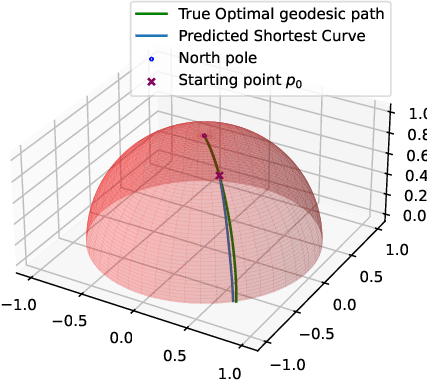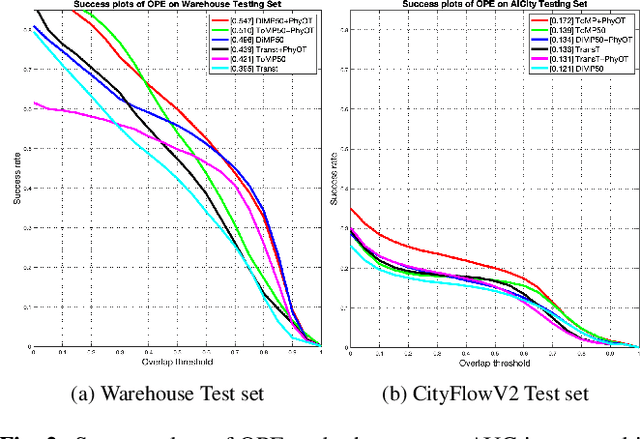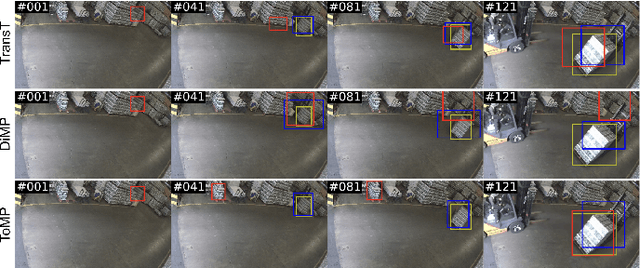Kawisorn Kamtue
Is Pontryagin's Maximum Principle all you need? Solving optimal control problems with PMP-inspired neural networks
Oct 08, 2024



Abstract:Calculus of Variations is the mathematics of functional optimization, i.e., when the solutions are functions over a time interval. This is particularly important when the time interval is unknown like in minimum-time control problems, so that forward in time solutions are not possible. Calculus of Variations offers a robust framework for learning optimal control and inference. How can this framework be leveraged to design neural networks to solve challenges in control and inference? We propose the Pontryagin's Maximum Principle Neural Network (PMP-net) that is tailored to estimate control and inference solutions, in accordance with the necessary conditions outlined by Pontryagin's Maximum Principle. We assess PMP-net on two classic optimal control and inference problems: optimal linear filtering and minimum-time control. Our findings indicate that PMP-net can be effectively trained in an unsupervised manner to solve these problems without the need for ground-truth data, successfully deriving the classical "Kalman filter" and "bang-bang" control solution. This establishes a new approach for addressing general, possibly yet unsolved, optimal control problems.
PhyOT: Physics-informed object tracking in surveillance cameras
Dec 14, 2023


Abstract:While deep learning has been very successful in computer vision, real world operating conditions such as lighting variation, background clutter, or occlusion hinder its accuracy across several tasks. Prior work has shown that hybrid models -- combining neural networks and heuristics/algorithms -- can outperform vanilla deep learning for several computer vision tasks, such as classification or tracking. We consider the case of object tracking, and evaluate a hybrid model (PhyOT) that conceptualizes deep neural networks as ``sensors'' in a Kalman filter setup, where prior knowledge, in the form of Newtonian laws of motion, is used to fuse sensor observations and to perform improved estimations. Our experiments combine three neural networks, performing position, indirect velocity and acceleration estimation, respectively, and evaluate such a formulation on two benchmark datasets: a warehouse security camera dataset that we collected and annotated and a traffic camera open dataset. Results suggest that our PhyOT can track objects in extreme conditions that the state-of-the-art deep neural networks fail while its performance in general cases does not degrade significantly from that of existing deep learning approaches. Results also suggest that our PhyOT components are generalizable and transferable.
Lukthung Classification Using Neural Networks on Lyrics and Audios
Aug 23, 2019



Abstract:Music genre classification is a widely researched topic in music information retrieval (MIR). Being able to automatically tag genres will benefit music streaming service providers such as JOOX, Apple Music, and Spotify for their content-based recommendation. However, most studies on music classification have been done on western songs which differ from Thai songs. Lukthung, a distinctive and long-established type of Thai music, is one of the most popular music genres in Thailand and has a specific group of listeners. In this paper, we develop neural networks to classify such Lukthung genre from others using both lyrics and audios. Words used in Lukthung songs are particularly poetical, and their musical styles are uniquely composed of traditional Thai instruments. We leverage these two main characteristics by building a lyrics model based on bag-of-words (BoW), and an audio model using a convolutional neural network (CNN) architecture. We then aggregate the intermediate features learned from both models to build a final classifier. Our results show that the proposed three models outperform all of the standard classifiers where the combined model yields the best $F_1$ score of 0.86, allowing Lukthung classification to be applicable to personalized recommendation for Thai audience.
 Add to Chrome
Add to Chrome Add to Firefox
Add to Firefox Add to Edge
Add to Edge